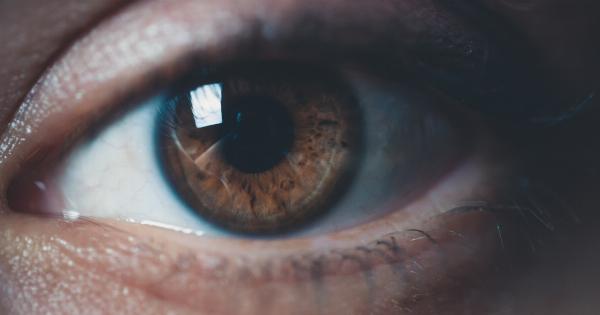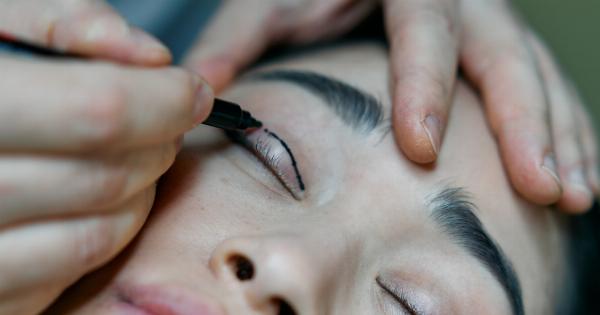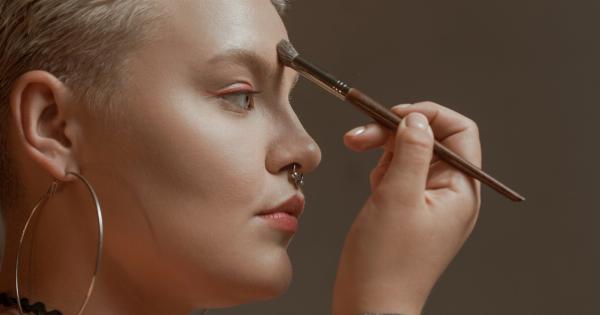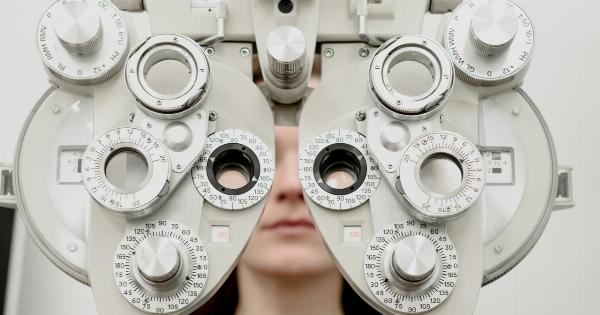Dry Eye Syndrome (DES) is a common condition that occurs when the eyes do not produce enough tears or when the tears evaporate too quickly. It can cause discomfort, irritation, and vision problems.
This article explores the causes and treatments of Dry Eye Syndrome.
Causes of Dry Eye Syndrome
There are numerous causes of Dry Eye Syndrome. Age is one of the most significant factors. As we age, tear production decreases, causing eyes to become dry and irritated.
Environmental factors can also contribute to DES. Exposure to smoke, wind, and dry air can dry out the eyes. Extended computer and digital device use can also dry out eyes and cause discomfort and irritation.
Other causes of Dry Eye Syndrome include autoimmune disorders, hormonal changes, and medications. Certain medications, such as antihistamines, decongestants, and antidepressants can cause Dry Eye Syndrome.
Symptoms of Dry Eye Syndrome
Symptoms of DES include dryness, irritation, burning sensation, itchy eyes, blurred vision, redness, light sensitivity, and fatigue. In severe cases, DES can cause inflammation of the cornea, which can lead to vision loss.
Diagnosing Dry Eye Syndrome
To diagnose DES, an eye doctor will perform a comprehensive eye exam and a tear evaluation test. The doctor will examine the surface of the eye, measure the amount of tear production, and evaluate the quality of the tears.
Treatments for Dry Eye Syndrome
The treatment for DES depends on the underlying cause and severity of the condition. Mild cases of DES can be treated with over-the-counter lubricating eye drops, gels or ointments.
If environmental factors are the cause of DES, an eye doctor may recommend protective eyewear or humidifiers to help prevent eye dryness. Reducing screen time and taking frequent breaks while using digital devices can also help reduce symptoms.
In more severe cases, an eye doctor may prescribe prescription drops or medications to help stimulate tear production and reduce inflammation. In severe cases, surgery may be necessary.
Preventing Dry Eye Syndrome
Prevention is key in managing Dry Eye Syndrome. There are several preventative measures that can be taken to help prevent DES.
It is important to maintain a balanced diet rich in omega-3 fatty acids and vitamins A and D. Quitting smoking and minimizing alcohol and caffeine consumption can also help prevent DES.
Additionally, it is essential to take regular breaks during computer and device use, maintain proper blinking habits, and wear protective eyewear when necessary to help prevent DES.
Conclusion
Dry Eye Syndrome is a common, yet uncomfortable condition that can be managed with proper preventative measures and treatment.
If you suspect you may have DES, it is crucial to make an appointment with an eye doctor for proper diagnosis and treatment to prevent long-term vision problems.
























